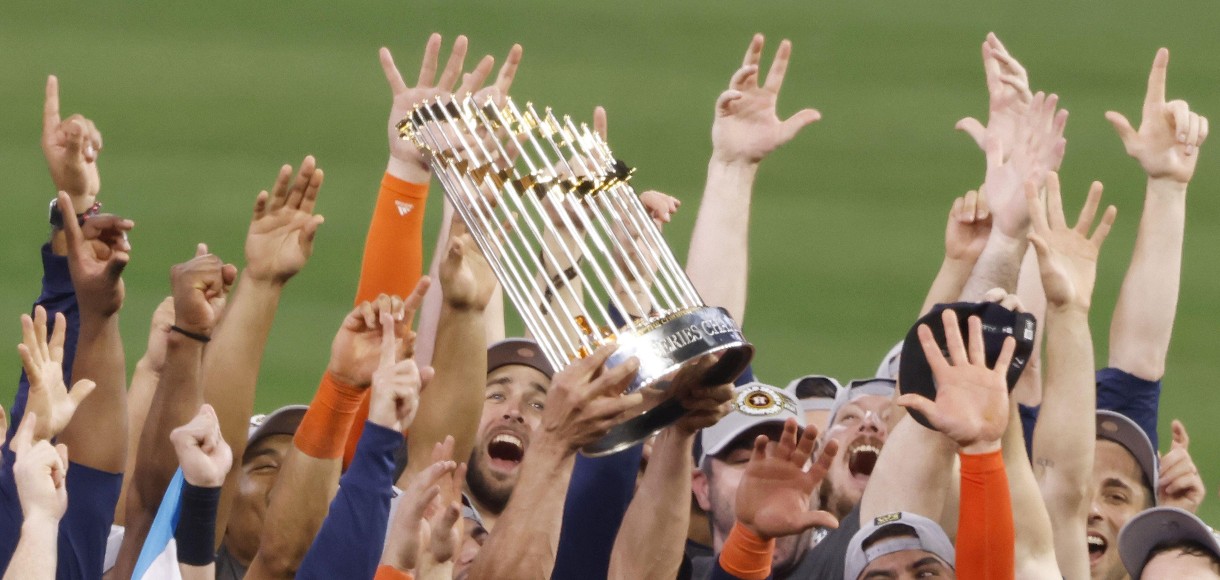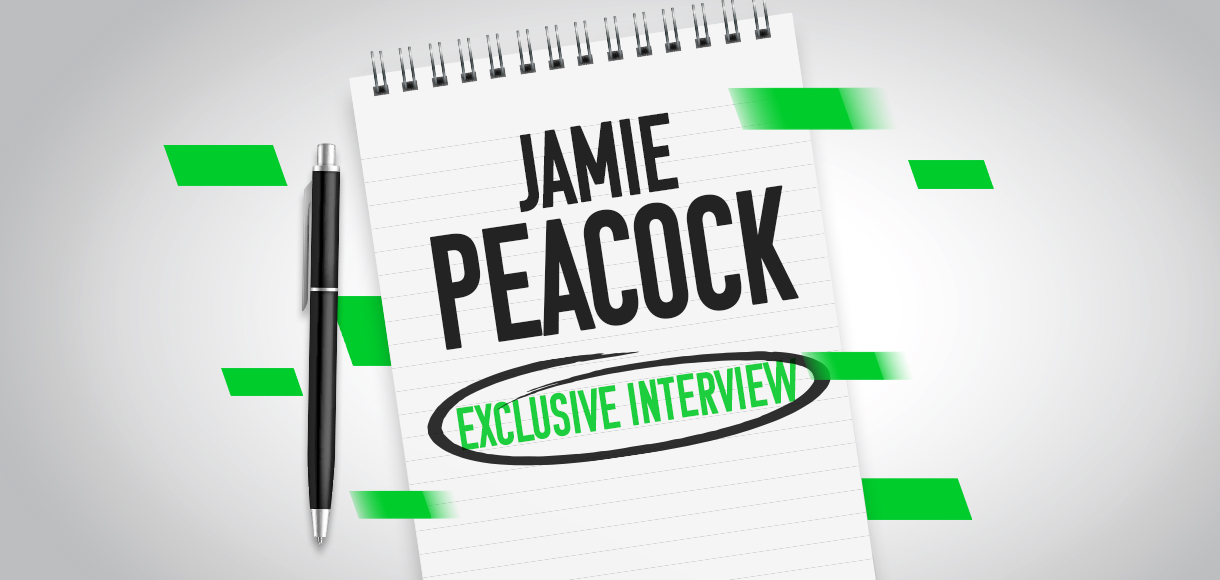How Latin American players conquered Major League Baseball
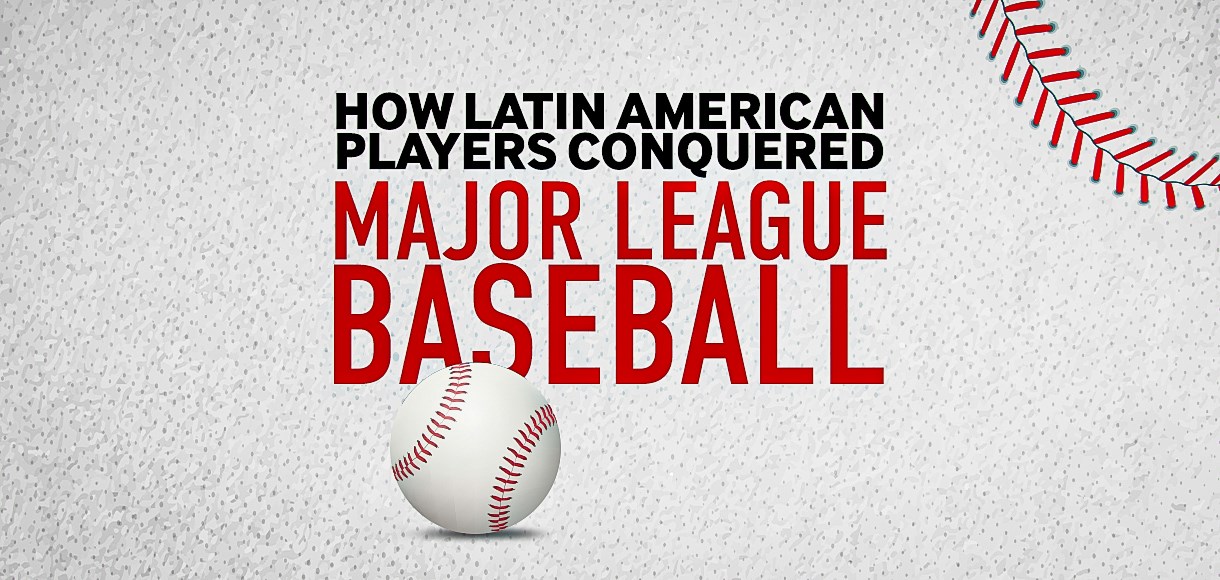
Latin American players were all but excluded from Major League Baseball until the 1950s, but now look set to dominate for years to come.
Baseball has long been known as America’s pastime, but that simply isn’t true anymore.
It isn’t true because baseball now lags behind both football and basketball in terms of popularity, but also because baseball has gone global, and America can no longer call it their own.
The 2020 Major League Baseball playoffs – in which the Los Angeles Dodgers are favourites to win the World Series in the sports betting – is packed with overseas talent.
In particular, players from the Latin American nations – Dominican Republic, Venezuela, Cuba and Puerto Rico among others – are beginning to dominate at the pinnacle of the sport.
Where do MLB players come from?
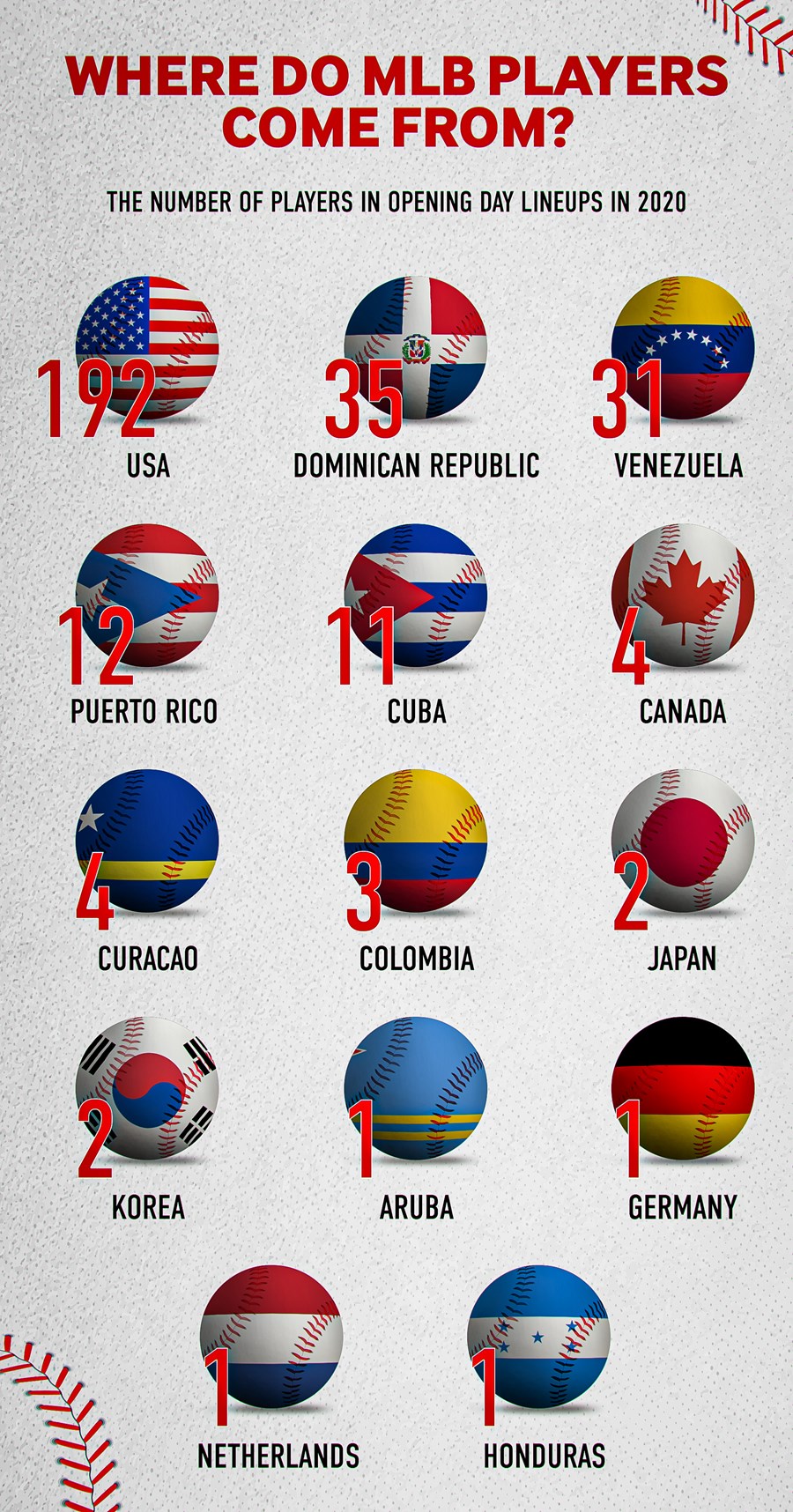
It goes without saying that the majority of players in MLB – one of the USA’s four major professional sports leagues – are American.
Of the 300 players named on opening day rosters for the 2020 season, 192 were from the USA – which equates to 64 per cent.
The remaining 36 per cent hail from all over the world, with North America, South America, Asia and Europe all represented. It is the Latin American nations, however, that stand out.
The country with the second-biggest number of players currently in MLB is the Dominican Republic, with 35, or 11.6 per cent of opening day lineups.
In a close third is Venezuela, with 31 players starting on opening day – just over 10 per cent.
The two other countries in double figures are Puerto Rico and Cuba, with 12 and 11 respectively.
Other baseball-playing nations such as Canada (4), Japan (2) and South Korea (2) are represented, while several countries located outside baseball’s traditional heartlands also had players on opening day rosters.
These are Colombia (3), Curacao (4), Aruba (1), Netherlands (1), Germany (1) and Honduras (1).
Aside from these 15 countries that feature on opening day rosters, there are a further seven currently represented in wider 40-man rosters: Mexico, Nicaragua, Panama, Peru, Taiwan, Australia and Lithuania.
How has MLB changed over time?

Thirty-six per cent of players hailing from outside the USA may not sound too impressive, but we must first put that figure in context.
When the American League and the National League merged to form Major League Baseball in 1903, there were just six foreign-born players on opening day rosters – one from Canada and five from Western Europe, all of whom had been settled in America for a long time.
In 1940 – almost 40 years later – the situation was much the same, with just two players from outside America named to opening day rosters.
It wasn’t until 1960, 57 years after the formation of MLB, that the situation began to change.
That year there were 12 overseas players who played on opening day, one of the very first seasons to feature international stars in double figures. Crucially, 11 of those were from Latin America.
After 1960, the number of foreign-born players in MLB began to rise significantly.
In 1980, there were 26 international players who featured on opening day – or 10.5 per cent.
By 1990 there were 44, and in 2000 there were 72, equating to 25.3 percent – more than a quarter of players.
Growth slowed between 2000 and 2010, but has picked up again in the last 10 years, with 108 overseas players featuring on opening day this season.
That represents an increase of 28 per cent since 1960, with that trajectory showing little sign of slowing down.
What are the reasons behind the Latin American boom?
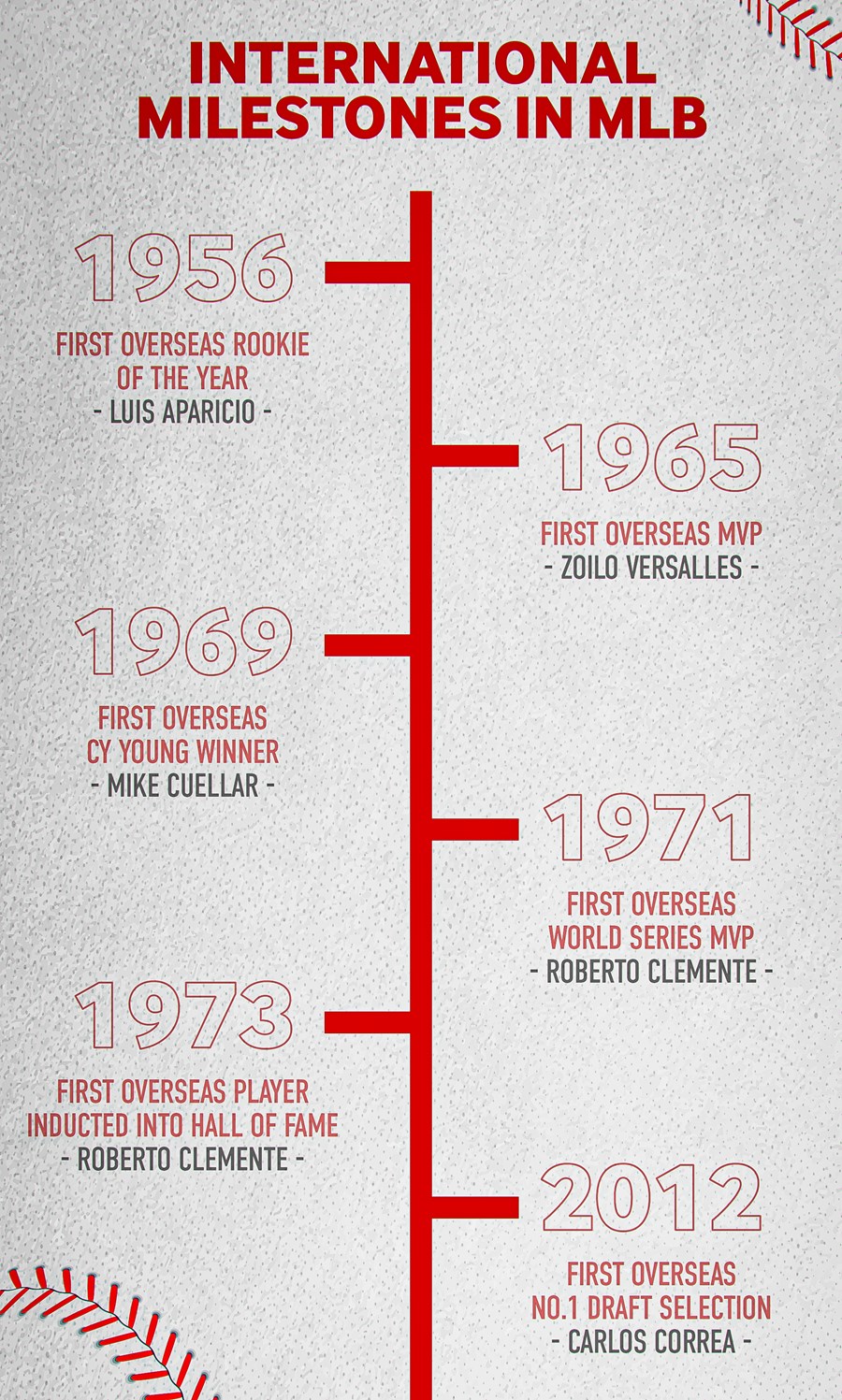
The explosion of Latino talent in MLB can be explained in many ways, but it is a story best told through people.
And, in baseball, there are very few people who have influenced the game like Jackie Robinson.
When Robinson broke the colour barrier in 1947 – becoming the first black player to play in the major leagues – he not only sparked a revolution for African American players, but for all players of colour.
Light-skinned Latino players had previously been allowed to play in MLB, but segregation laws meant numbers were never significant, and those who did make it often didn’t last long.
Robinson opened the door to the major leagues for all Latin American players and, although the initial uptick was slow, by the mid-1950s they were really starting to make their mark.
In 1951, Chico Carrasquel became the first Latin-born player to start an All-Star Game, and five years later Luis Aparicio was the first to be named Rookie of the Year.
Latin American players continued to find success into the 1960s – Zoilo Versalles was named AL MVP and Mike Cuellar won the Cy Young Award – before Roberto Clemente became the first Latino to be inducted into the Hall of Fame in 1973.
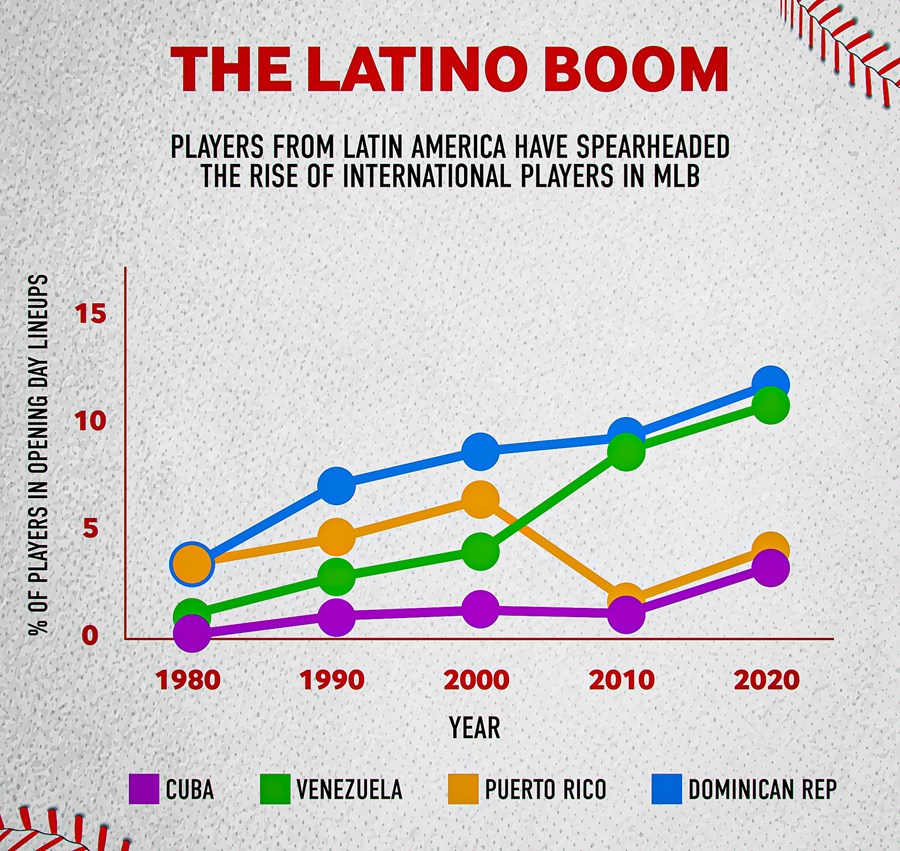
These trailblazers of Latin American baseball were crucial in laying the foundation for the overseas boom we are seeing today.
Their success encouraged the American public to embrace overseas stars, and forced executives to begin looking overseas for new talent.
MLB academies began to pop up all over Latin America, with all 30 teams having now established talent farms across the region.
What does the future of MLB look like?
With the number of Latin American and other overseas players in MLB continuing to rise, the future of the major leagues looks increasingly international.
The conveyer belt of talent from Latino nations – fuelled by the presence of MLB academies – shows no sign of letting up.
There are thousands of young Latino prospects playing in the minor leagues every year, waiting for their chance to make it. For example, each MLB organisation currently employs an average of more than 60 players from the Dominican Republic.
Not all prospects go on to become major league players, but those who have made the jump in recent years – Ronald Acuna Jr., Juan Soto, Marcell Ozuna and Fernando Tatis Jr. to name a few – are among the biggest stars in the game.
Their success is in turn drumming up increased interest in MLB among the Latin American public, with lucrative TV deals now in place across South and Central America and the Caribbean.
The popularity of baseball in these countries is surging – it is the No. 1 sport in the Dominican Republic, Venezuela and Cuba – while it continues to falter in the USA, with just 9 per cent of people ranking it as their favourite sport.
All these factors form a perfect storm for international players, in particular those from Latin America, to continue conquering Major League Baseball.
Maybe, in a few years’ time, the ‘World’ Series will actually live up to its name.
Visit Betway's baseball betting page.












